
ELIZA is an early natural language processing computer program created from 1964 to 1966 at MIT by Joseph Weizenbaum. Created to explore communication between humans and machines, ELIZA simulated conversation by using a pattern matching and substitution methodology that gave users an illusion of understanding on the part of the program, but had no representation that could be considered really understanding what was being said by either party. Whereas the ELIZA program itself was written (originally) in MAD-SLIP, the pattern matching directives that contained most of its language capability were provided in separate "scripts", represented in a lisp-like representation. The most famous script, DOCTOR, simulated a psychotherapist of the Rogerian school, and used rules, dictated in the script, to respond with non-directional questions to user inputs. As such, ELIZA was one of the first chatterbots and one of the first programs capable of attempting the Turing test.

Digital art refers to any artistic work or practice that uses digital technology as part of the creative or presentation process. It can also refer to computational art that uses and engages with digital media.
"Computing Machinery and Intelligence" is a seminal paper written by Alan Turing on the topic of artificial intelligence. The paper, published in 1950 in Mind, was the first to introduce his concept of what is now known as the Turing test to the general public.
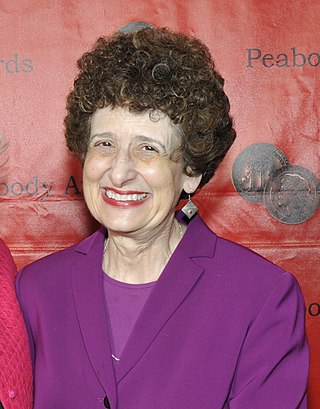
Janet Horowitz Murray is an American professor in the School of Literature, Media, and Communication at the Georgia Institute of Technology. Before coming to Georgia Tech in 1999, she was a Senior Research Scientist in the Center for Educational Computing Initiatives at MIT, where she taught humanities and led advanced interactive design projects since 1971. She is well known as an early developer of humanities computing applications, a seminal theorist of digital media, and an advocate of new educational programs in digital media.
Espen J. Aarseth is a Norwegian academic specializing in the fields of video game studies and electronic literature. Aarseth completed his doctorate at the University of Bergen. He co-founded the Department of Humanistic Informatics at the University of Bergen, and worked there until 2003, at which time he was a full professor.
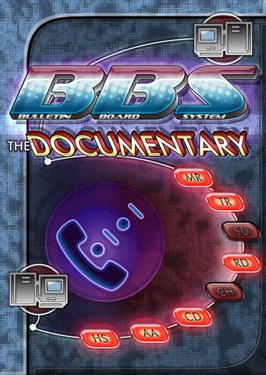
BBS: The Documentary is a 3-disc, 8-episode documentary about the subculture born from the creation of the bulletin board system (BBS) filmed by computer historian Jason Scott of textfiles.com.

Electronic literature or digital literature is a genre of literature encompassing works created exclusively on and for digital devices, such as computers, tablets, and mobile phones. A work of electronic literature can be defined as "a construction whose literary aesthetics emerge from computation", "work that could only exist in the space for which it was developed/written/coded—the digital space". This means that these writings cannot be easily printed, or cannot be printed at all, because elements crucial to the text are unable to be carried over onto a printed version.

Computer Lib/Dream Machines is a 1974 book by Ted Nelson, printed as a two-front-cover paperback to indicate its "intertwingled" nature. Originally self-published by Nelson, it was republished with a foreword by Stewart Brand in 1987 by Microsoft Press.
Shade is a psychological horror interactive fiction game written and published by Andrew Plotkin in 2000.

Nick Montfort is a poet and professor of digital media at MIT, where he directs a lab called The Trope Tank. He also holds a part-time position at the University of Bergen where he leads a node on computational narrative systems at the Center for Digital Narrative. Among his publications are seven books of computer-generated literature and six books from the MIT Press, several of which are collaborations. His work also includes digital projects, many of them in the form of short programs. He lives in New York City.
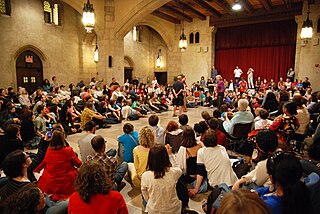
The Theatre of the Oppressed (TO) describes theatrical forms that the Brazilian theatre practitioner Augusto Boal first elaborated in the 1970s, initially in Brazil and later in Europe. Boal was influenced by the work of the educator and theorist Paulo Freire and his book Pedagogy of the Oppressed. Boal's techniques use theatre as means of promoting social and political change in alignment originally with radical-left politics and later with centre-left ideology. In the Theatre of the Oppressed, the audience becomes active, such that as "spect-actors" they explore, show, analyse and transform the reality in which they are living.
Software studies is an emerging interdisciplinary research field, which studies software systems and their social and cultural effects. The implementation and use of software has been studied in recent fields such as cyberculture, Internet studies, new media studies, and digital culture, yet prior to software studies, software was rarely ever addressed as a distinct object of study. To study software as an artifact, software studies draws upon methods and theory from the digital humanities and from computational perspectives on software. Methodologically, software studies usually differs from the approaches of computer science and software engineering, which concern themselves primarily with software in information theory and in practical application; however, these fields all share an emphasis on computer literacy, particularly in the areas of programming and source code. This emphasis on analysing software sources and processes often distinguishes software studies from new media studies, which is usually restricted to discussions of interfaces and observable effects.
Cybermethodology is a newly emergent field that focuses on the creative development and use of computational and technological research methodologies for the analysis of next-generation data sources such as the Internet. The first formal academic program in Cybermethodology is being developed by the University of California, Los Angeles.
Noah Wardrip-Fruin is a professor in the Computational Media department of the University of California, Santa Cruz, and is an advisor for the Expressive Intelligence Studio. He is an alumnus of the Literary Arts MFA program and Special Graduate Study PhD program at Brown University. In addition to his research in digital media, computer games, and software studies, he served for 10 years as a member of the Board of Directors of the Electronic Literature Organization.
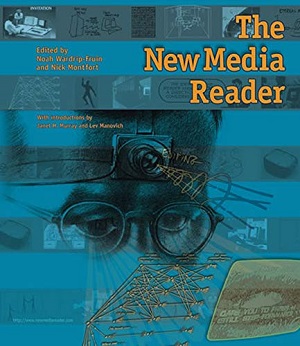
The New Media Reader is a new media textbook edited by Noah Wardrip-Fruin and Nick Montfort and published through The MIT Press. The reader features essays from a variety of contributors such as Lev Manovich, Richard Stallman, and Alan Turing. It is currently in use at multiple college campuses including Brown University ", Duke University, and the University of California at Santa Cruz.
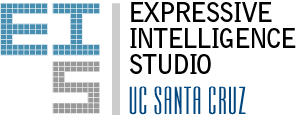
The Expressive Intelligence Studio is a research group at the University of California, Santa Cruz, established to conduct research in the field of game design technology. The studio is currently being run by Michael Mateas and Noah Wardrip-Fruin, who work closely with the students in their research.
Critical code studies (CCS) is an emerging academic subfield, related to software studies, digital humanities, cultural studies, computer science, human–computer interface, and the do-it-yourself maker culture. Its primary focus is on the cultural significance of computer code, without excluding or focusing solely upon the code's functional purpose. According to Mark C. Marino, it
is an approach that applies critical hermeneutics to the interpretation of computer code, program architecture, and documentation within a socio-historical context. CCS holds that lines of code are not value-neutral and can be analyzed using the theoretical approaches applied to other semiotic systems in addition to particular interpretive methods developed particularly for the discussions of programs.
Matthew Fuller is an author and Professor of Cultural Studies at the Department of Media and Communications, Goldsmiths, University of London. He is known for his writings in media theory, software studies, critical theory and cultural studies, and contemporary fiction.
New media studies is an academic discipline that explores the intersections of computing, science, the humanities, and the visual and performing arts. Janet Murray, a prominent researcher in the discipline, describes this intersection as "a single new medium of representation, the digital medium, formed by the braided interplay of technical invention and cultural expression at the end of the 20th century". The main factor in defining new media is the role the Internet plays; new media is effortlessly spread instantly. The category of new media is occupied by devices connected to the Internet, an example being a smartphone or tablet. Television and cinemas are commonly thought of as new media but are ruled out since the invention was before the time of the internet.
Fruin is a surname. Notable people with the surname include:










